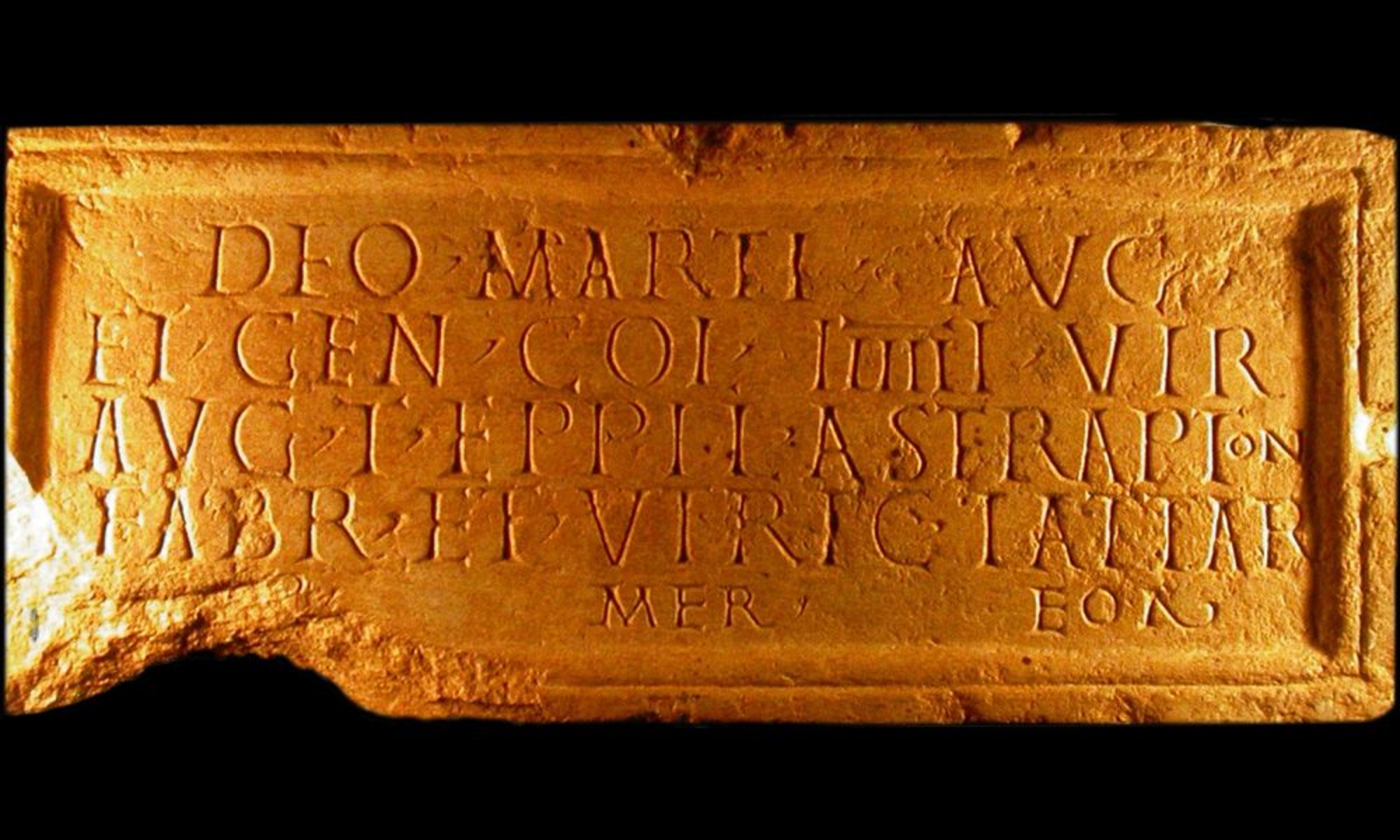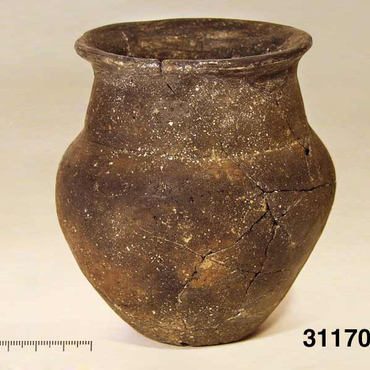
- Home
- A meeting of cultures
- Eating habits
As is true for preceding eras, archaeological objects have much to tell us about the eating habits of the local population.
Food preservation
Preservation of food elements took place in large urns, dolia, amphorae or containers made of daub that were stored in a part of the house reserved for food. Sometimes, when a house had several rooms, one entire room was set aside for this function. We know of no silos that existed at Lattara, but we may imagine food being stored in sacks or wooden containers stored on shelves or mezzanines.
Food transformation
Food must be treated in order to be eaten, and this transformation from raw element to finished product took place most often within the household.Mills were set up inside houses or in the courtyard, and were used on a daily basis. Flour and grains were mixed and ground in stone or ceramic mortars. Iron implements discovered in houses and traces observed on the bones of animals that were eaten attest to sophisticated techniques for butchering meat. Cooking took place on hearths and in ovens that were set up inside the house or courtyard, and sometimes in the street.













